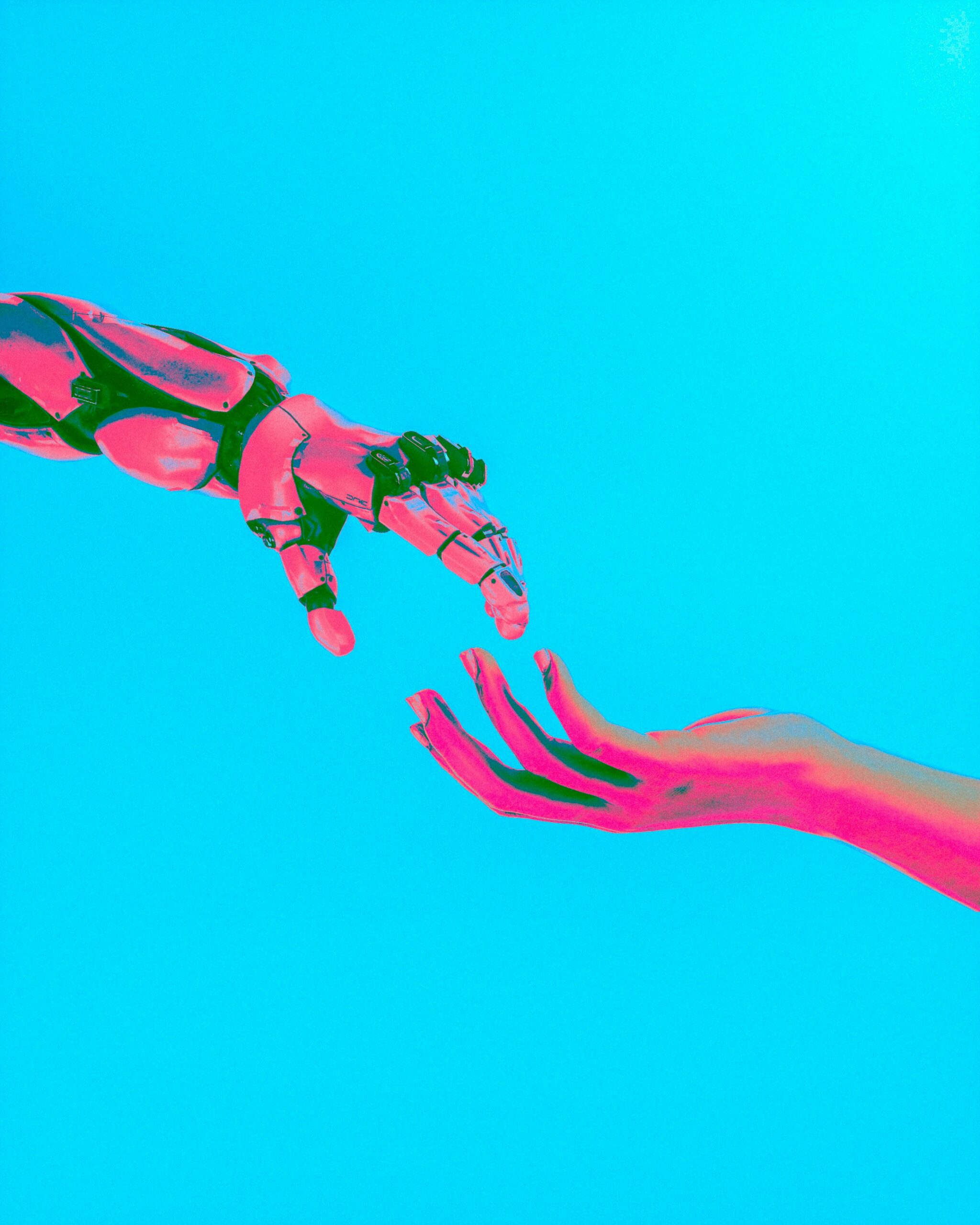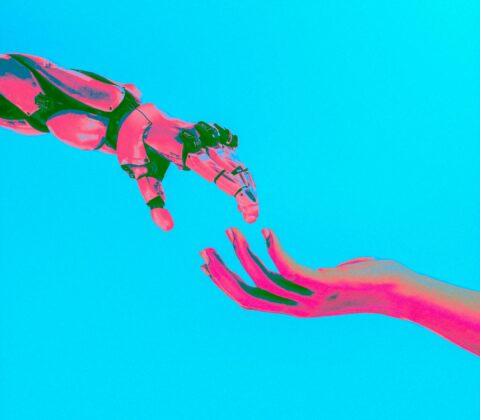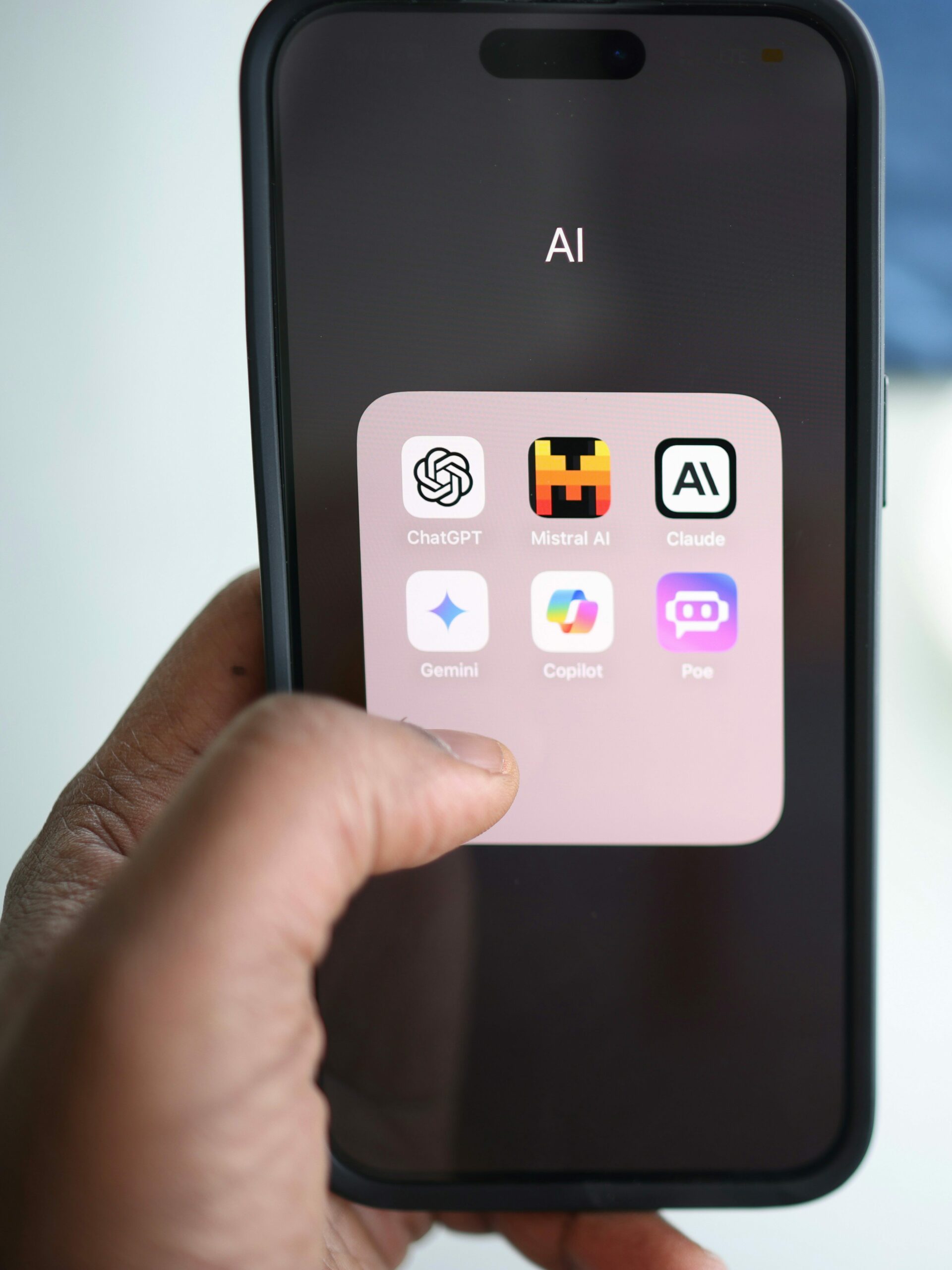

Blog Post #5- AI and its Role in Education
Introduction
As schools and universities grapple with integrating AI technology, a question arises: Are we enhancing the learning experience, or are we creating shortcuts that ultimately undermine it? In this post, I’ll be exploring the impacts of predictive technologies in education; the promise they hold for personalized learning as well as the potential problems they present.
Predictive Technologies in Education

Today, predictive technologies such as AI are taking over online spaces, as well as educational spaces. While AI can be a useful tool, sometimes it is used in lieu of learning. For example, university can be a very stressful time for many students, and when one has five essays all due in one week, they may turn to an AI like Chatgpt to write an essay for them. The problem with this, is now the student is not demonstrating their learning, and instead they are committing a form of plagiarism. Moreover, Chatgpt can often give incorrect information, and students who use the AI for research may want to be more weary. While almost all students today are using AI to help them in their educational journey, a report from CTV news found that 52% of students over 18 have use AI to write papers or pass exams. This demonstrates just how ubiquitous the use of predictive technology is in education today; regardless of academic integrity.
While studies show that students will cheat regardless, what is concerning to me is the ability AI has to take away the learning process from students. Rather than brainstorming ideas and critically thinking about course material, students can enter prompts such as “critically analyze this text” and use the AI to think for them. This is not what education is about.
Here is an excerpt from a YouTube video by Drew Gooden which dives further into the world of AI, its purpose, and why we shouldn’t let it replace our creativity:
I found this video to be very inspiring, as an artist especially. I agree wholeheartedly with his thesis; while we can have AI do just about anything, why should we? We can do just about anything already! To bring this back to the topic of Ed Tech, I think there is a place for predictive technologies such as AI in education, for example to create customized lessons plans for more personalized learning, and aid teachers with admin tasks that take time away from educating. But overall, I see no reason why students should be using AI to complete their assignments, and I think if students continue to use AI, it will be detrimental to their educations.
AI Detection

In terms of detection, many institutions have begun to use AI detection to check if their students work has been written by AI. However, it seems that the AI itself is progressing more quickly than the detection technology, with features on some AI sites such as “humanize this” making it even easier for students who are essentially cheating to fly under the radar. On the other hand, generative AI such as Chatgpt offer bland styles of writing that educators are picking up on rather quickly.
AI generated images
AI images can be very useful for presentations or projects, however, there are a lot of downsides to the use of AI generated images. Here is a list of pros and cons for the use of AI generated images:
| Pros of AI images | Cons of AI images |
| – Finding Images of anything – Efficient to source – Can create artwork in a variety of styles | – Authenticity: AI learns from real artists to create images – Images can look uncanny or strange – Inconsistency – Job replacement: often AI images are sourced over the hiring of real artists |

This article dives into the ethics of AI generated art and how artists intellectual property can be protected. The main issue, as highlighted in the article, is that AI analyzes art from actual artists and uses to it generate images. Moreover, as described in the article, it is a “legal grey area”, making this a difficult problem to solve.
Conclusion

Predictive technologies are undoubtedly reshaping education, offering valuable tools that, when used thoughtfully, can support teachers and enhance learning. However, as we become more reliant on AI, we must remain vigilant about preserving critical thinking, creativity, and authentic intellectual engagement.